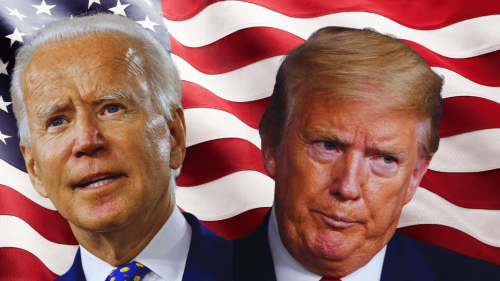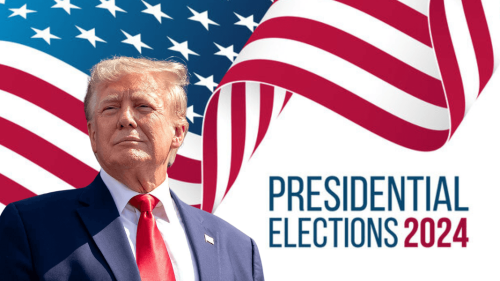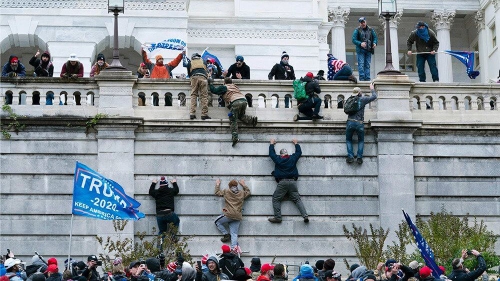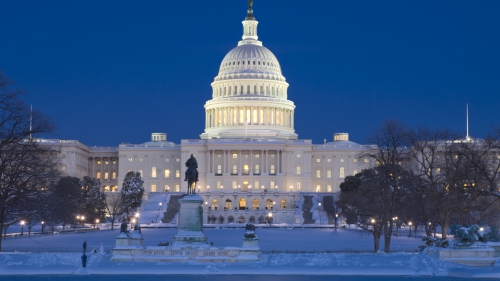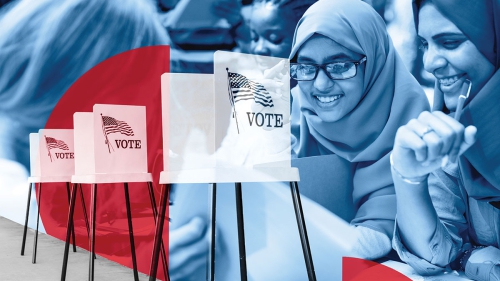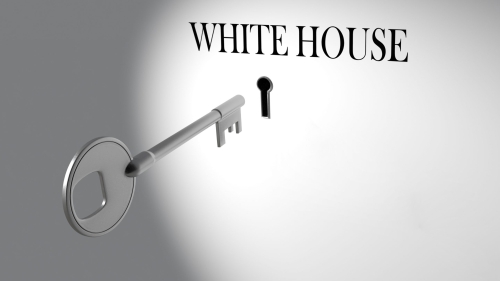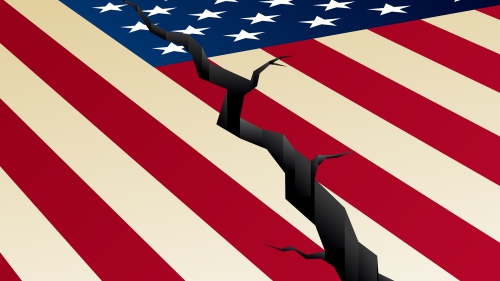The Armageddon Election
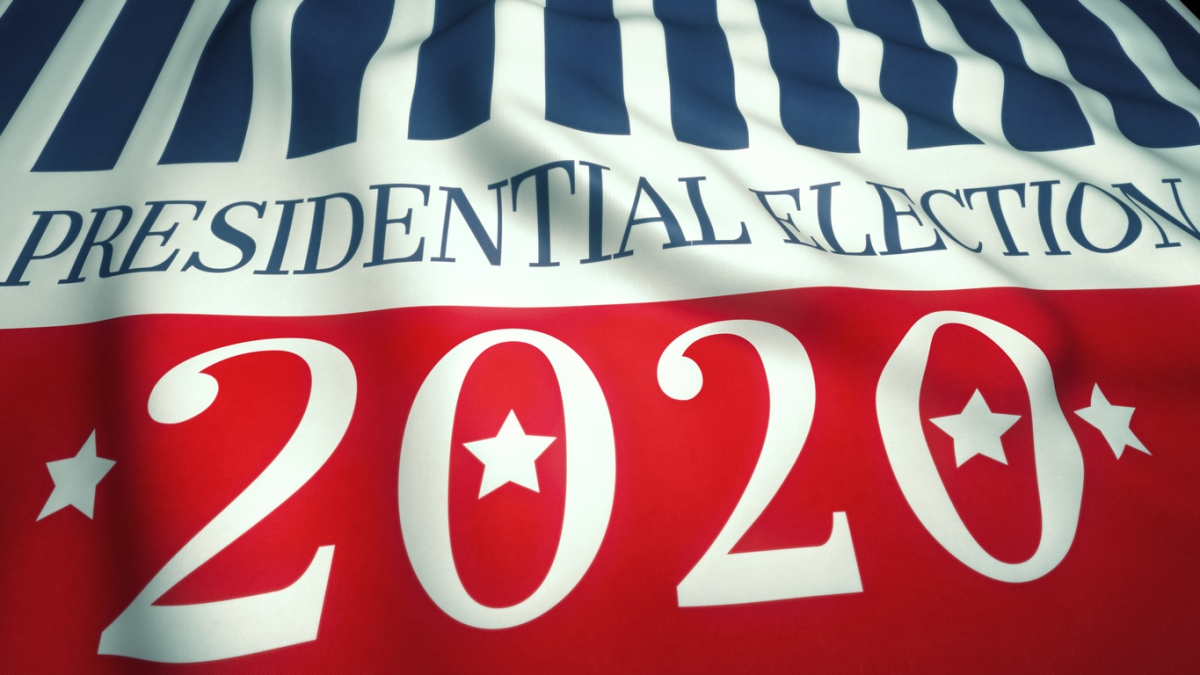
During the weeks of uncertainty that followed the 2000 presidential election, as the tension grew amongst supporters of George W. Bush and Al Gore, my brother John Zogby conducted a poll to see how Democrats and Republicans were viewing the contested vote. Responses to one question, in particular, caught our attention.
John asked Republican voters if they would view Gore as a legitimate president should he be declared the victor. The reverse was asked of Democratic voters. The answers were disconcerting. Twenty-one percent of Democrats said they would not see Bush as legitimate. More disturbing were the 67% of Republicans who said they would not see Al Gore as a legitimate president.
That year, John coined the now often used term “Armageddon election” to describe feelings of both sides as they considered the consequences of that presidential contest. When we were discussing this last week, John joked that we’ve dredged up Armageddon to describe every election since 2000. While all of those contests have been both critically important and deeply fractious, there can be no doubt that the 2020 match up between Donald Trump and Joe Biden is the real Armageddon election of our lifetime.
With every passing day it becomes clearer that we are in for a long and rocky ride between now and November. More troubling than the difficulties we will encounter along the way is what may occur after election day. There is legitimate fear that our very democracy, already compromised by hyper-partisanship, may be at risk.
More than just belonging to two opposing parties, we have become two countries comprised of distinct constituencies, each of whom see the world with radically different eyes. Polls show this divide not only on issues like race, gender equality, immigration, and the role of government. The differences are more fundamental with two wildly divergent views of the very idea of America – its history and its future. At times it feels as though the two camps are not only seeing different realities, but speaking different languages.
This is not merely a partisan divide. It’s demographic. One side is dominated by older White voters, a disproportionately large number of whom are “born again” fundamentalist Christians. They are also more male and more rural. The other is largely comprised of more educated and urban voters, young people, and Blacks, Latinos, and Asians.
One side sees promise in recapturing the lost glory of a romanticized past, and feeling threatened by the “foreignness” of newcomers, seeks to deny entry to those who are seen as “different.” The other thrives on America’s diversity, feels comforted by the notion of integration, and is unafraid of change.
These two distinct worldviews were on display at last month’s Democratic and Republican conventions. Both parties used their week-long “made for television” infomercials to define America as they saw it and to project the America they hoped to create. Both also made crystal clear the dangerous consequences that would result if the other side were to win.
As described by Fintan O’Toole, in a brilliant New York Review of Books piece, the Democratic convention portrayed the stark choice in this election as an “existential struggle” between good and evil, light and darkness – between ending the racial divide, bringing about economic justice, celebrating diversity, and creating a sense of common purpose, or exacerbating social tension and division, and sinking deeper into the muck of hatred, anger, and chaos.
The choices for Republicans were equally existential. They were spelled out by Donald Trump Jr. when he described this election as being between “church, work, and school” and "rioting, looting, and vandalism." In this Republican view, Democrats are portrayed as being captive of extremist socialist forces, manipulated by “people in the dark shadows,” seeking to promote social unrest, weaken police forces, and destroy the middle-class “life-style,” by building housing in White suburbs for poorer people of color.
For Republicans, victory is seen as necessary to save White America – its culture, values, and way of life. And the slogan “Make America Great Again” is understood not so much a vision of the future as it is a last ditch effort to salvage the lost glory of a fictional past.
For Democrats, victory is seen as essential to protect America from incivility, racial hatred, and a dangerous drift toward authoritarian rule.
So for both sides, the stakes are not only high, they are polar opposites. It is if they are saying “should the other side win, all is lost” – it will be “the end of the world” or Armageddon.
More ominous still, President Trump has used Twitter to promote conspiracy theories about dark, shadowy wealthy people working to undermine his presidency and the country. In a recent interview, he declared, without evidence, that he had heard reports of a plane-load of men in dark uniforms, whom he described as “looters, anarchists, rioters...looking to cause trouble.” And, he has taken to retweeting or paraphrasing conspiracy-oriented messages from QAnon – the cult-like group which originated the “Pizzagate” conspiracy that a Washington pizza restaurant was serving as a front for a child sex-slave operation run by the Clintons.
As worrisome, are the president’s increasingly frequent charges that this election will be marred by voter fraud. He has repeatedly claimed that the only way he can lose is if the vote were “rigged” against him. A recent poll shows that already one-third of both Democrats and Republicans are expressing serious concern about the legitimacy of the vote. And he has suggested that in the case of a rigged election his supporters may need to rise up to defend themselves and his presidency from the looters, rioters, and chaos-makers seeking to unravel our country.
In the past few months, we have seen signs of where this might take us. When several states announced strict measures to control the spread of the novel Coronavirus, Trump urged his supporters to storm state capitols to defend their freedom against “lockdowns.” Because he added “defend the Second Amendment,” some demonstrators came armed with semi-automatic weapons of war.
In mid-summer, there was a national mobilization of mostly peaceful protests against the all-too-frequent police shootings of Black Americans. In some cities, these demonstrations devolved into sporadic violent looting and vandalism. Sometimes these incidents were spontaneous, in other cases they appeared to be egged on by left- or right-wing extremists, seeking to create further unrest. This played into the president’s hands. He defended the police and derided the Democratic city and state officials whom he described as “weak.” Once again, we witnessed the appearance of armed White counter-protesters and we heard the president embrace these paramilitary elements as “Great Patriots.”
In response to the violence, Biden issued a balanced denunciation saying, “I want a safe America. Safe from Covid, safe from crime and looting, safe from racially motivated violence, safe from bad cops...safe from four more years of Donald Trump.”
For its part, the Trump campaign said, “No one will be safe in Joe Biden’s America...[He will] surrender America and its citizens to the violent left-wing mob...and abolish the American Way of Life.”
All of this serving as evidence of a deeper and more dangerous polarization in American society.
After Trump’s inauguration in January of 2017, millions demonstrated their disapproval. We can expect the same, no matter how this election turns out. With both sides framing this election in “end of the world” terms; with the president calling into question the legitimacy of the vote, even before it happens; and with the president warning his supporters that they may have to take up arms to defend him – we have a recipe for disaster that may occur in the days that follow this election.
This may very well be the Armageddon election of our lifetime.
Topics: 2020 United States Elections, Democratic Party (United States), Donald Trump, Republican Party (United States)
Views: 2257
Related Suggestions








